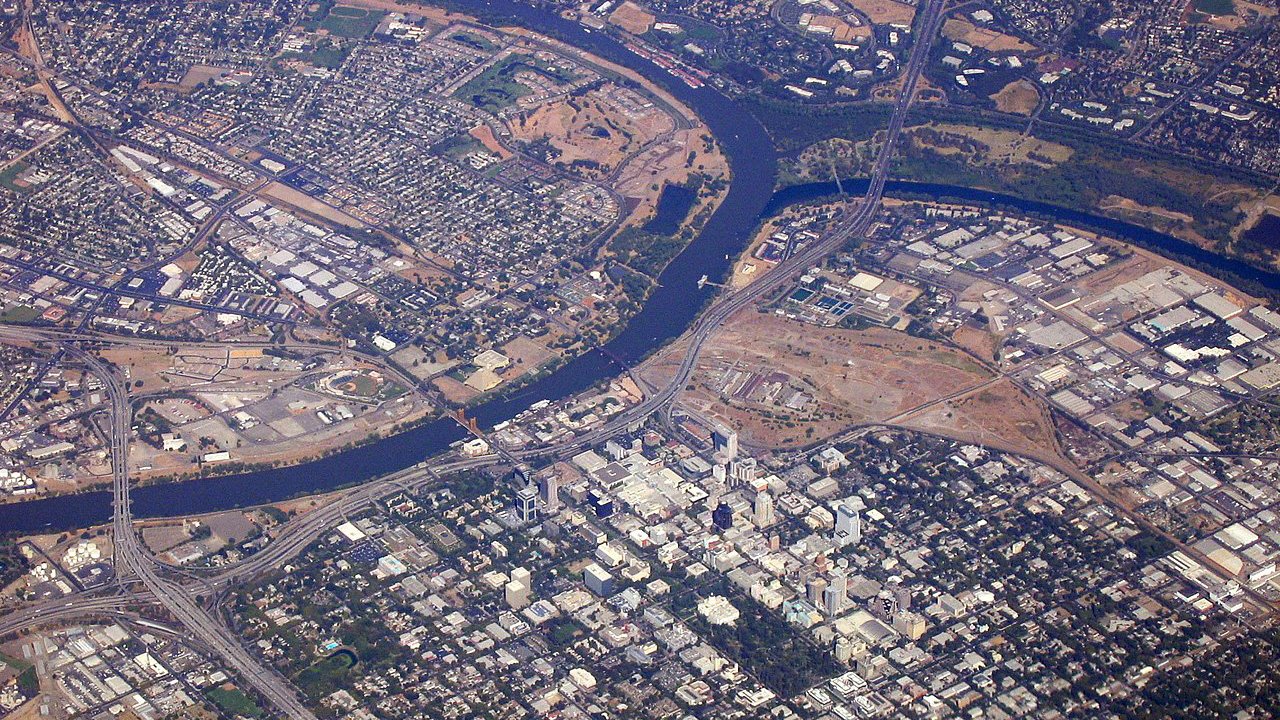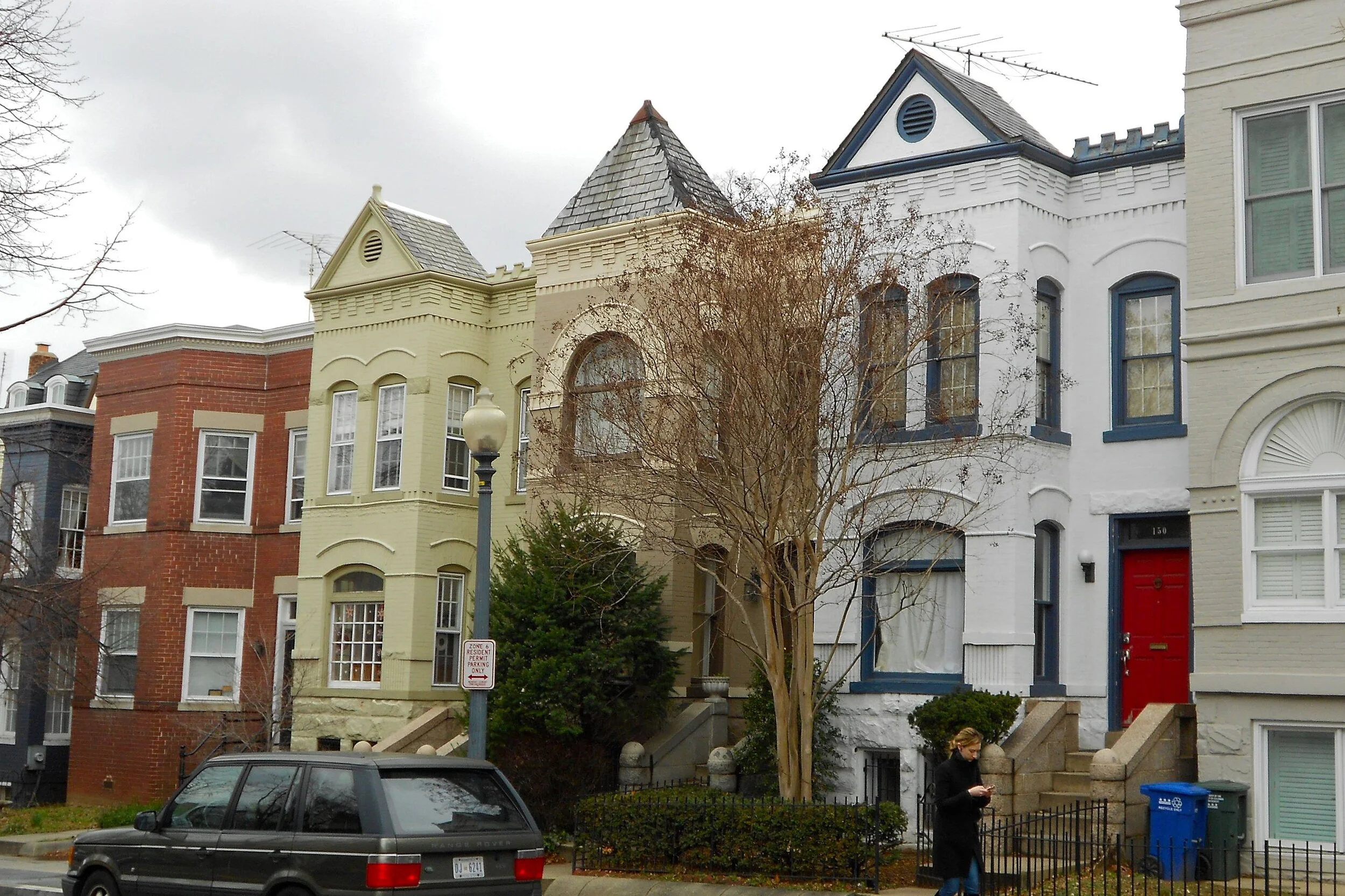3 Predictions for 2023 as Communities Continue Climbing Out of the Pandemic
This article is published as part of Strong Towns’ ongoing partnership with the data analytics firm, Urban3. Visit this page to learn more.
(Source: Unsplash/Gabe.)
Last year around this time, we at Urban3 offered a series of predictions about what we thought 2022 might hold for America’s cities. Our record was, we might generously say, mixed, particularly in the sense that we just don’t yet know how some of our forecasts will turn out.
That certainly won't stop us from trying again.
Winston Churchill is sometimes credited with being the first person to have said, “Never let a crisis go to waste,” a cliché that is by now so well worn, it’s practically threadbare. Nevertheless, there is a great deal of wisdom in what Churchill said in the aftermath of World War II (and what many have said, since then). As America’s cities continue their halting climb up and out of the last few years, we see a few interlocking and overlapping crises waiting for them in 2023—along with commensurate opportunities for bottom-up empowerment and resident-led change that could make all of our towns stronger.
Therefore, a few humble predictions:
1. What Local Governments Will Do for Revenue When Times Get Tough
The American Rescue Plan Act (ARPA) famously included nearly $200 billion direct aid to state governments and the District of Columbia. As of the beginning of this year, states had spent all but about $26 billion of their ARPA funds. This still sounds like a lot of money…until you realize it only took them a little less than two years to spend about 90% of what they were given. If the economy should hit a recession, as some economists predict, those rainy-day funds may get consumed even faster as state and local governments scramble to keep employment rates up, business open, and services intact.
A great deal of analysis is given to how your tax dollars are spent. Over the last year or so, Urban3 has focused intently on how your local government gets its money, and the answers are revelatory. While property taxes remain among the top three revenue sources for all local governments, deeply baked-in inequities and irregularities in the way properties are valued—and therefore, taxed—mean that your local tax assessor may not be getting everything they should. In Buncombe County, North Carolina, for example, years of underassessing the highest-priced and most valuable homes in our community means that county government is essentially refusing to collect $70 million of taxes.
In a county with an annual operating budget of $389 million, this is a hugely significant sum of money that could be paying for teachers’ salaries, public safety officers, affordable housing, better parks and public spaces, or anything else that county taxpayers are owed. It should go without saying that these inequities tend to exist along clear racial lines, with majority-white neighborhoods underpaying what they rightly should while communities of color pay more.
Our prediction is that when times get tough, government officials will start looking for additional sources of revenue, and that may well lead them right to where the money’s at: high-value homes that have not been paying their fair share.
2. Climate Gentrification Will Hasten the Need for Mixed-Income Communities
Last fall, our analyst Taylor Schenker showed how some coastal markets, particularly along Texas’s gulf coast, stand to lose tens of millions of dollars as their most tax-productive properties slip underwater. Rising sea levels, of course, submerge highly desirable waterfront properties the soonest, meaning the very areas where people love to live, play, and build the most—our beaches—are likely going to be seawater themselves in a matter of decades. This creates a costly situation, especially for smaller towns and counties that rely on those properties to fund their services, and comes on top of the extraordinary costs associated with natural disasters and catastrophic weather events.
A 2022 analysis of insurers found that “losses from natural catastrophes have increased 250% in the last 30 years,” with hurricanes being the top destroyer of value. Some major commercial insurers have begun to pull out of natural-disaster-sensitive areas—like the state of California—altogether. It may take repeated fiscal shocks to local governments to prompt them into action, but the numbers don’t lie: As sea levels go up, money goes down.
An interesting second-order effect is likely to be seen as well: climate gentrification. That is, wealthier people moving gradually inland as coastal areas disappear or simply become impossible to insure. In cities like Miami Beach and Miami, this scenario could find some of the highest net-worth individuals in America moving en masse into traditional working class, minority neighborhoods. According to Miami-Dade Matters’ analysis of census tracts, for instance, per capita incomes fall by several multiples over the span of just a few blocks as you move inward from Biscayne Bay; this is fertile territory for wealthy real estate interests to invade. No single policy trick will be enough to mitigate mass displacement as this becomes more commonplace.
Our hopeful prediction, however, is that working-class and minority communities find ways to work with local governments on the suite of policy interventions that could create truly resilient, mixed-income communities: more homeownership programs to prevent evictions, smarter zoning to allow for the creation of more units where the market wants them, and more progressive taxation policies so that previously disinvested areas can start to capture real value as they appreciate. Anything less is simply moving a crisis in slow motion through the neighborhoods least able to withstand it.
3. A Federally Funded Acceleration of Suburban Expansion
Last but not least, a basket of federal programs and investments could—against all stated intentions—accelerate suburban expansion in truly dystopian ways. Tucked within the vaunted Bi-Partisan Infrastructure Bill are a set of transportation expenditures which are practically incoherent when lined up next to each other: $300 billion for the Highway Trust Fund, but $90 billion for public transit over the next five years. A $52.5 billion apportionment for the Federal Highway Administration, but $7.5 billion for “the nation’s first network of electric-vehicle chargers along highway corridors.” Among these eye-popping sums, a billion dollars for freeway removal and capping—long a major policy ambition of the Congress for the New Urbanism—seems almost quaint.
All this is to say that the federal government is still investing huge amounts of your money into highways. Coupled with more and more employers, especially in larger cities, insisting that workers return to their offices, and we’re cruising toward a world of metro areas with more and wider highways, clogged with more traffic, pushing more people into farther-flung exurbs which they will reach through cheaper zero-emission vehicles. This is a decidedly grim future.
We don’t think the media’s breathless excitement for self-driving electric vehicles will abate any time soon, nor are we anticipating that they’ll begin to tout, say, public transportation or transit-oriented development. Nevertheless, we predict that workers will revolt, in different ways, against a world of endlessly increasing commutes on increasingly depressing freeways. Those that have the option of working from home will do so; those that can’t will likely find other employers, particularly in a world of historically low unemployment rates.
Employees are, after all, people first and foremost, and people crave places: walkable, welcoming, safe, surprising places. The cities that are smart enough to recognize that will be in the best position for lasting post-pandemic success.
This means more upzoning to create comfortable, affordable living options in in-demand places (the increasing conversions of under-used office towers due to remote work into residential uses is especially encouraging), more investments in public spaces to foster fun community building, and a refocus on the singular qualities that make urban areas work: people working, playing, and living together in the ways they want. No amount of misguided federal tampering will change that about us—but it’s still up to us to build the towns we want, one place and one policy at a time.




Data centers use a massive amount of electricity, sometimes even rivaling major cities. Today, Edward and Abby discuss the far-reaching implications of this kind of land use. (Transcript included.)